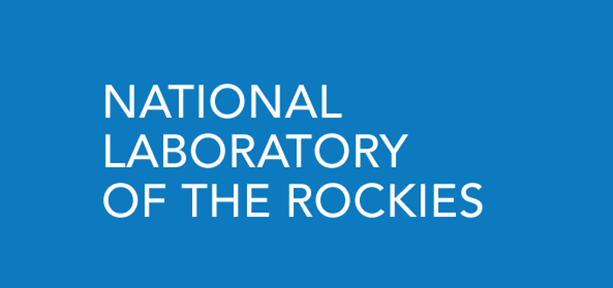Co-Processing Model for bioenergy (Co-Processing)

Abstract:
Co-Processing biomass-intermediate at petroleum refinery has the potential to reduce capital cost of bio-refinery and therefore the production cost of biofuel. The Refinery Co-Processing Models were developed to understand the opportunities, technical risks, information gaps and research needs for co-processing biomass-derived intermediates with traditional petroleum intermediates in petroleum refinery. PNNL leaded the development of those Aspen Plus models for co-processing at hydrotreating and hydrocracking units. Similar models were developed by NREL for co-processing at fluid catalytic cracking unit. Those models can be applied to conduct preliminary economic analysis to estimate the bio-oil intermediate breakeven values and effective minimum selling price
from biomass to final products.
Model/Tool Platform:
Aspen Plus/Excel
General Modeling Type:
Engineering process
Primary analytical purpose:
Techno-economic analysis:
Technical and economic analysis of technologies or systems of technologies.
Secondary analytical purpose:
Feasibility/Implementation assessment:
Assessment of the feasibility or implementation of technologies and feedstocks in terms of operations or in the context of their landscape or market.
Metric categories:
- Environmental:
- Environmental Productivity (feedstock-related, e.g., NPP or yield)
- GHG Emissions
- Water Impacts (quality and/or quantity)
- Socio-economic:
- Employment
- Energy Security
- Net Energy Balance
- Process Productivity (conversion-related, e.g., yield)
- Techno-economic Impact
- Other Socio-economic (e.g., GDP impact, Investment/NPV)
Geospatial resolution:
National
Temporal resolution:
Years
Laboratory:
PNNL - Pacific Northwest National Laboratory
Principal investigators:
Corinne Drennan, Yuan Jiang
Model start year:
2015
Model last updated:
2018
Development status:
In Development
Level of validation/review:
External Peer Review / Publicly Released
Links:
(None specified)
Model scope:
Biomass Supply
Feedstock Logistics
Conversion
Distribution
End Use
- Feedstock Types
- Agricultural Residues
- Herbaceous Energy Crops
- Forest Residues
- Forest Resources
- Woody Energy Crops
- Solid Wastes (e.g., MSW, C&D, yard trimmings)
- Fats, Oils, and Greases
- Conversion Technology
- Lignocellulosic Biomass to Biocrude Intermediate (TC)
- Waste to Biocrude Intermediates (HTL)
- Oil Catalytic Upgrading
- Algae to Biocrude Intermediate (HTL)
- Products/Process Outputs
- Transportation Fuels - Renewable Diesel
- Transportation Fuels - Renewable Gasoline
- Transportation Fuels - Renewable Jet
- Renewable Natural Gas
- Biopower
- Intermediate - Pyrolysis or Biocrude Intermediate
- Transportation Market Segment
- Light Duty Vehicles
- Heavy Duty Vehicles
- Trains
- Aviation
- Marine
1
2
3
4
Analytical Purpose
Supply Chain Elements
Biomass Supply
Feedstock Logistics
Conversion
Distribution
End Use
Information last updated: Sep. 30, 2019 17:00:58 EDT
